some parts of you only emerge for certain people
how the right gaze reshapes who we become
I think about this Virginia Woolf quote often. To me, it speaks to love’s power as an act of invention, the way certain people draw out a version of you that didn’t exist before they arrived. They witness you, and thus, rearrange you. In their presence, words you didn’t know you knew tumble out. Your thoughts sharpen, colours seem richer, you inhabit yourself more fully.
We all carry endless hidden selves and latent worlds, waiting for the right gaze to bring them to the surface. I’ve felt this in my bones: relationships that have remade me, expanded me, taught me. Time and again, people have been the most transformative engine for becoming I’ve ever known.
Every enduring friendship, every romance worth the name, behaves like a kind of psychic technology. Two minds meet, exchange a pattern of attention, and, almost invisibly, each begins to reorganise around the other. What starts as perception becomes structure.
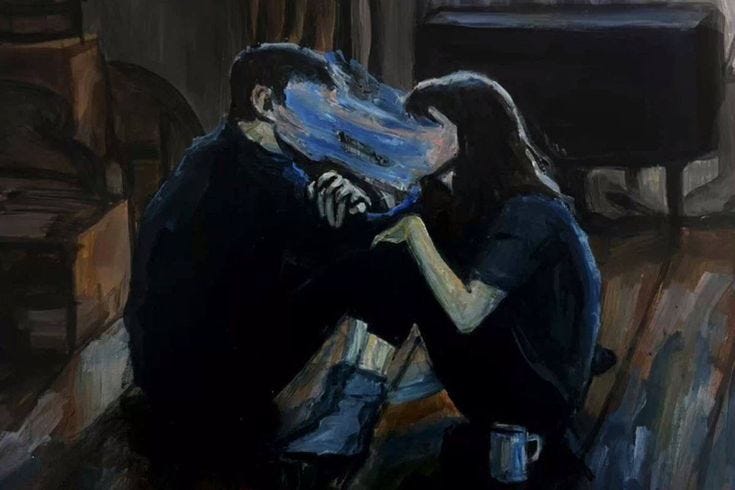
Henrik Karlsson captures the mechanism simply: relationships are co-evolutionary loops. Beyond sociology, it feels like spiritual physics. Who we choose to orbit defines, over time, the texture and colour palette of our becoming. Love becomes a technology of transformation, a living interface between selves. To love well is to take part in someone else’s unfolding, even as they take part in yours.
A recent Banksy piece, I want to be what you saw in me, completes the thought. Between Karlsson’s shaping and the reality of our becoming lies the quiet work of intimacy: to hold someone so they can grow into the silhouette your love sketches for them, and to feel your own edges soften and bend beneath the steady pressure of their gaze.
the heat that shapes us
I’ve often felt how literal that process can be, like a slow annealing of the self under another’s attention. A few months ago, I read an essay that rearranged me: What is Love? by Qualia Computing, which frames love as a kind of neural annealing. In metallurgy, annealing is the process of heating metal until its internal structure loosens, then cooling it slowly so it hardens into a stronger, more resilient form. The lattice reorganises; the material changes.
The essay suggests that in high-energy emotional states, such as falling in love, grief, awe, psychedelics, deep meditation, the brain becomes molten, its patterns loosened, more open to reorganisation. The person we focus on in these states becomes like a mold for the cooling metal, shaping how our thoughts settle, what habits crystallise, what identities take hold.
This is why the right gaze, the right conversation, can change you down to the grain. Emotional heat loosens the architecture of the self, and in the presence of someone who sees you vividly, the molten structure reforms around their image of you. What remains afterwards is stronger, different, marked by the shape of their attention. Attention becomes anchor; identity reshapes in response to their rhythms, their gaze. Perhaps this is why the right presence can feel like destiny: whole inner continents, hidden selves and latent worlds, begin to surface, shaping you into someone you hadn’t yet met.
This is why people write songs and then more songs, why entire genres exist just to metabolise its effects. Why people in love can’t stop talking about it, as if they’ve discovered a continent inside themselves. Because in many ways, they have. Love is beyond an emotion, it is a generator, because it multiplies itself and self-renews. The heart is rewired. Priorities reorganise and you are no longer a closed system.
learning to see like a lover
People really do glow differently in love. The right gaze is a kind of heat, loosening the self just enough for new patterns to take hold. You shine differently when you are seen with love, because that warmth remakes you. Like metal cooling in a new shape, your expression, posture, even the cadence of your speech start to carry the imprint of the one who sees you.
Sometimes we joke about "I can fix them," and rightly so, because there’s danger in saviour fantasies. But the core of the idea, that love can change us, isn’t wrong. Under steady warmth and reflection, flaws rearrange and we soften. Love in its all its form is profoundly transformative.
No one learns to love themselves in a room alone. We learn through friction, attunement, repair. Tiny emotional moments accumulate into new neural architecture. Sometimes the only work is learning to receive belief without flinching (I wrote about this idea in my latest essay too much joy is exactly enough).
On the Sydney train, I sometimes like to play a quiet game with myself, where I imagine each commuter through the eyes of someone who adores them. The oil-stained man becomes a gentle, loving father. The teenage girl biting her sleeve becomes someone’s irreplaceable best friend. The elderly woman with the fierce stare becomes a widow whose late husband still lives in her posture.
I think this discipline, to look with imagined love, can be a form of democratic tenderness. You keep sketching halos until they become easier to see. We become what others imagine us as. Or as the saying goes, I am not me. I am not what you think I am. I am what I think you think I am. Which is to say, our sense of self is a collaborative fiction, drafted in the space between your gaze and my interpretation of it, and love has a way of making that fiction more generous, more daring, more alive. Each act of seeing draws up another hidden self from the depths
fan the flames
Love asks for heat. Left cold, we harden into our existing shape. But under the steady warmth of attention, we soften, loosen, and take on new form. The right gaze reorganises the self; you begin to recognise yourself more clearly in their eyes, and they in yours. Each becomes more singular by being seen, a longing to inhabit the silhouette cast by someone else’s radical faith.
In the end, maybe good friends and lovers are prompt engineers of the soul (forgive me for the AI metaphor). They suggest edits, and if we are willing to be warmed, rewoven, occasionally melted, the program of us runs cleaner, closer to what we hoped when we first began to write ourselves into being.
To love is to let yourself be remade. To become someone else, not because you were incomplete, but because there are parts of you still waiting to be made real in the presence of another. And when you love someone like that, you offer them the same possibility: to explore their hidden selves and latent worlds, and to find, in your gaze, a home for what they discover.
If you’d like to support my writing, I’ve set up a Buy Me a Coffee for one-off or recurring contributions. Your support means a lot and helps me keep making work like this. 💌
Other ways to support are just as meaningful: subscribing or pledging to my Substack, leaving a comment, or sharing this with someone you think would enjoy it. If this piece spoke to you, I’d love if you subscribed, commented, or passed it along, each small signal helps others find their way into the noise.
If you liked this, some other posts you might enjoy:
in defence of yearning
I’ve noticed a strange hostility to yearning lately. Reels tell us longing is wasted energy, projection, a distraction from our “real” lives. Memes follow suit, mocking desire into silence. “Simping” is the most telling, an insult that has likely kept more people from loving fully tha…
some more fun visuals vibescape related to this idea


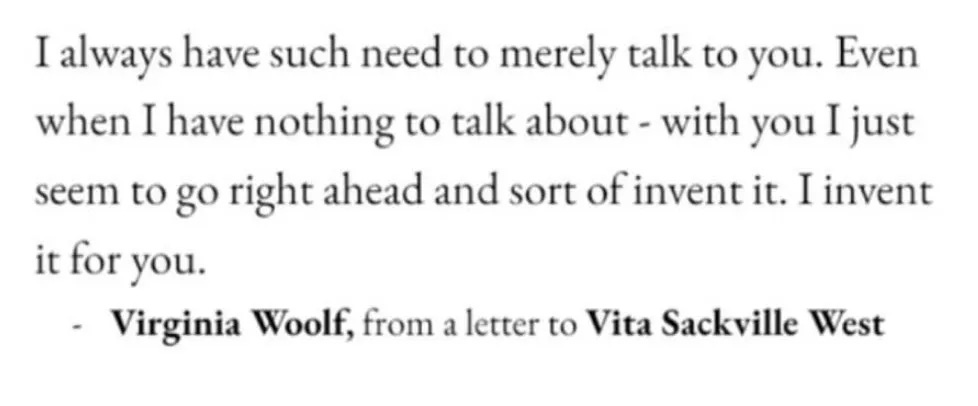
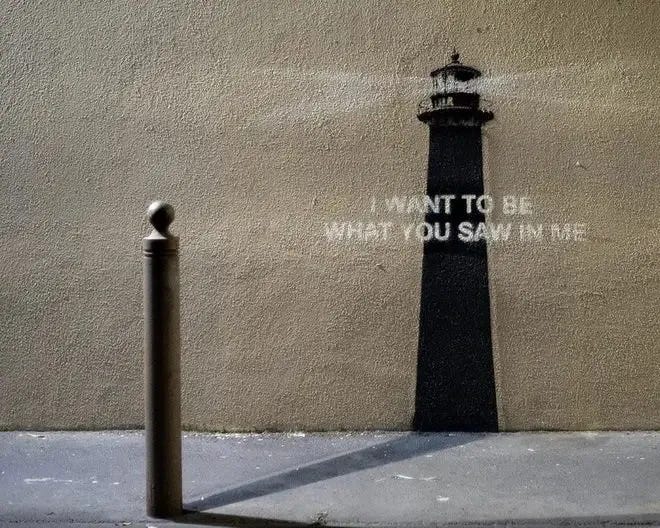
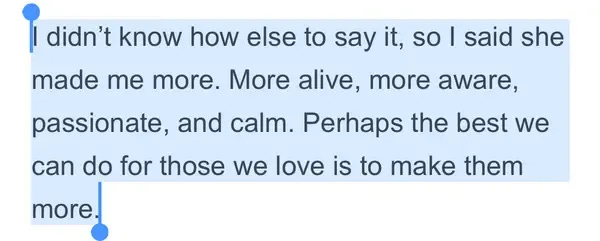
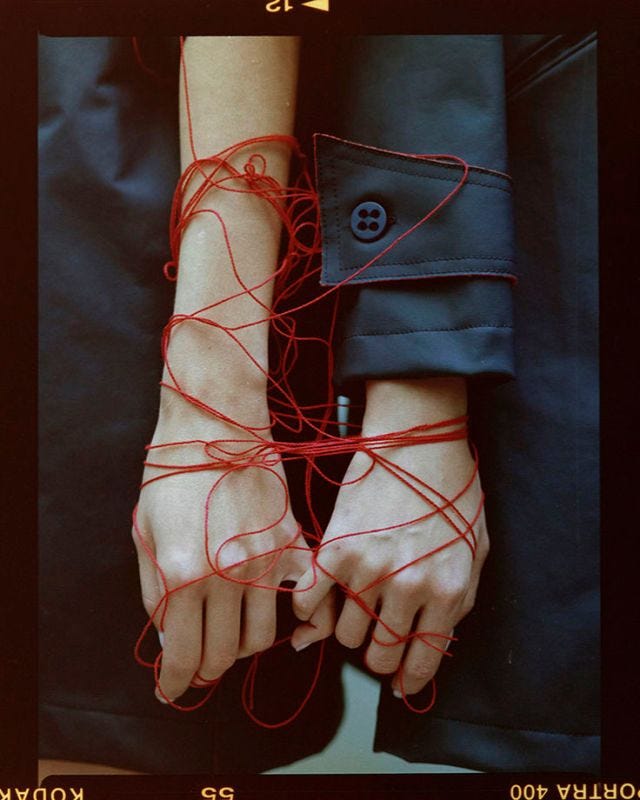

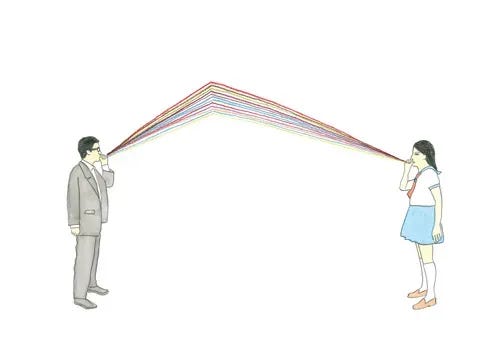

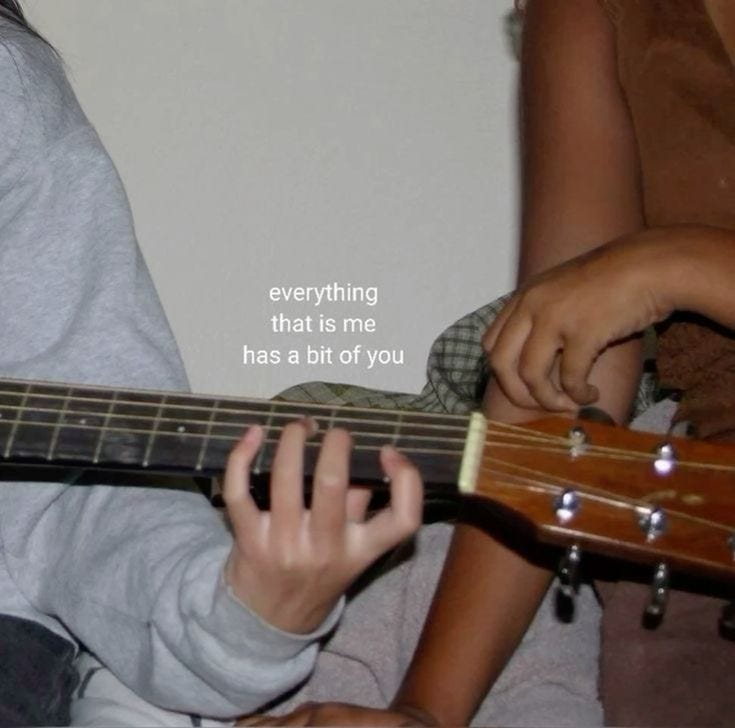

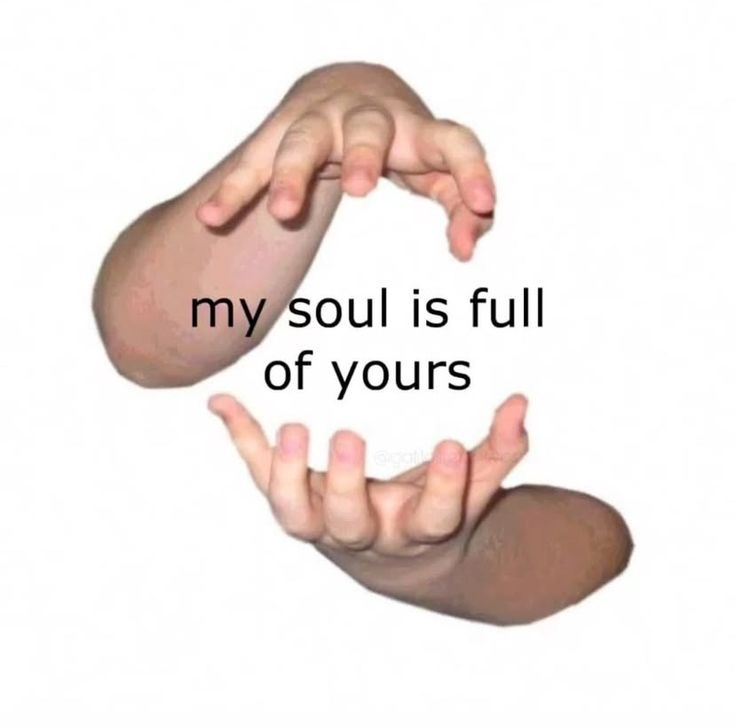
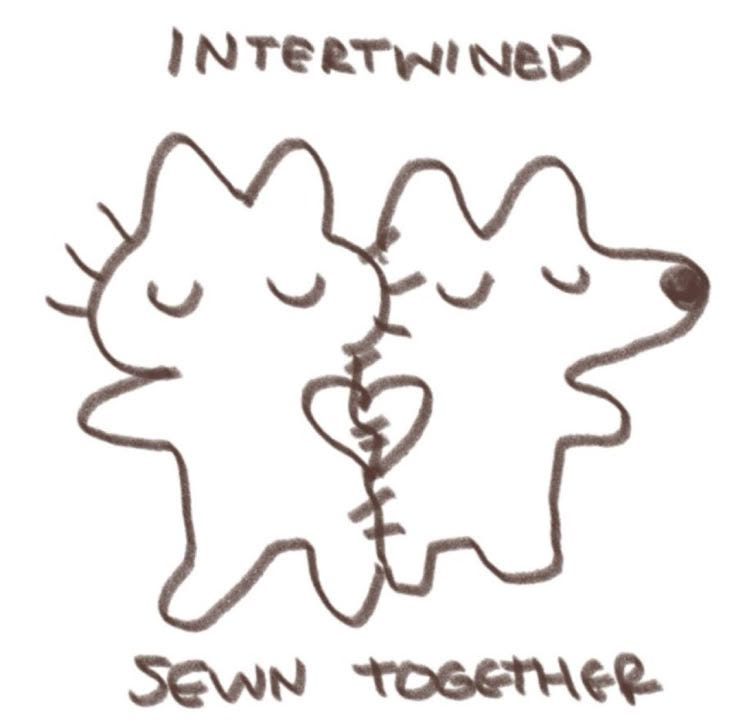

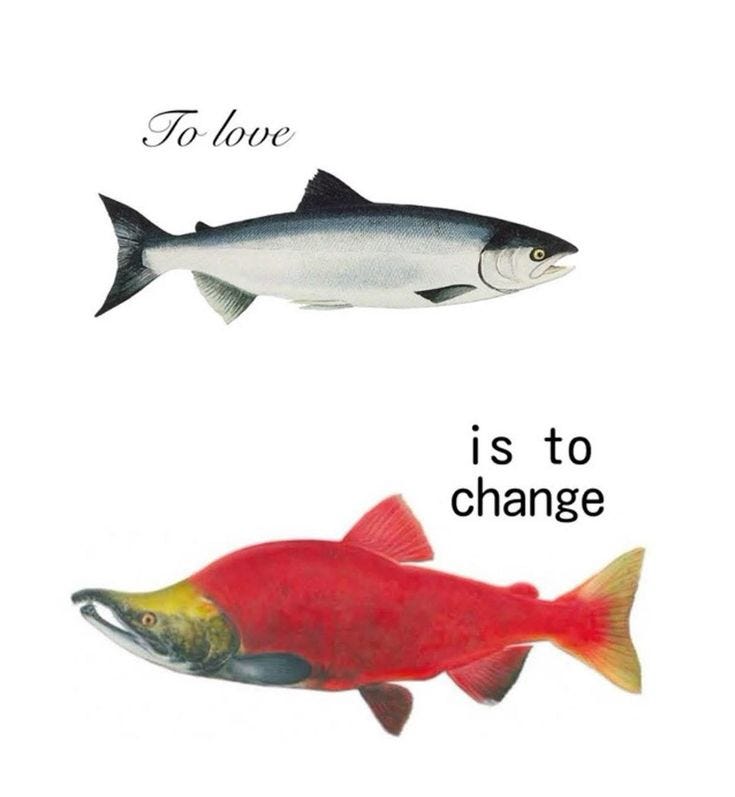

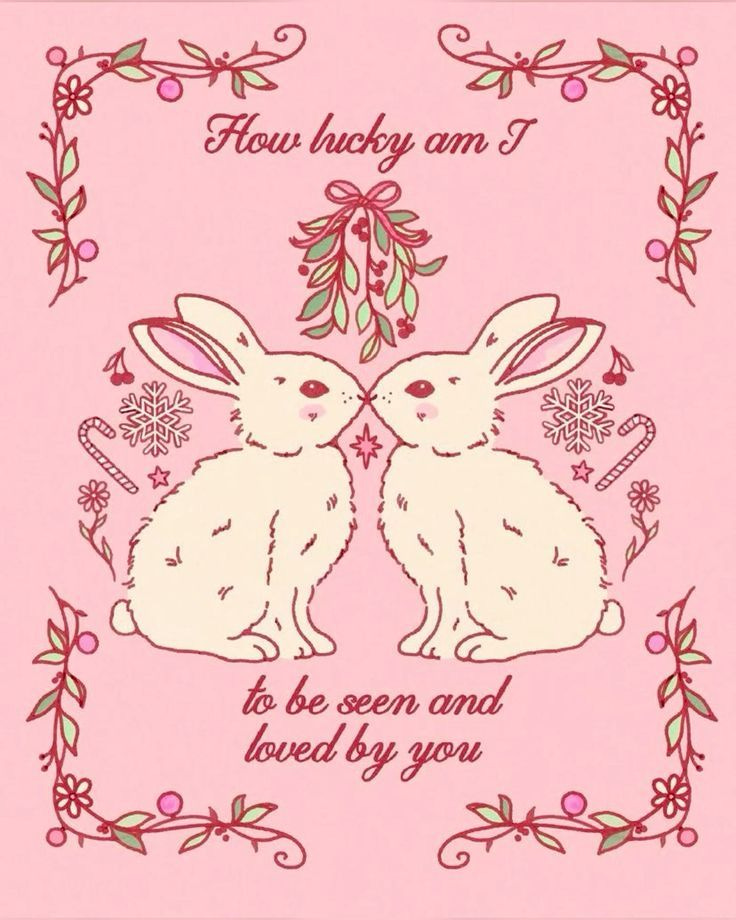
I really love this- of course it's a positive thing to be 'remade' by someone who brings out something wonderful, but I've also seen a negative version of this with people in relationships where the partner brings out something worse! A reminder to be judicious about the people who you allow to remake you!
this is one of my fave piece of yours and there’s quite a few that I love already. being in a position where i’m getting to know a person and even made this new self discovery rlly puts it into perspective. your writing makes me feel less afraid to show myself and be vulnerable. because only then I get to learn more about myself. so thank you and I can’t wait to read more! 💗 also one of your essay literally made me create a substack acc haha